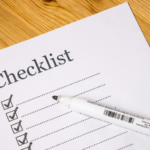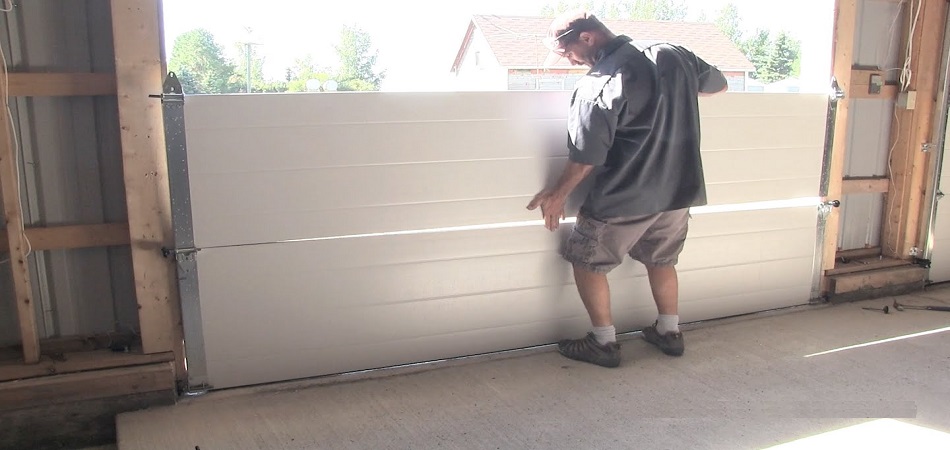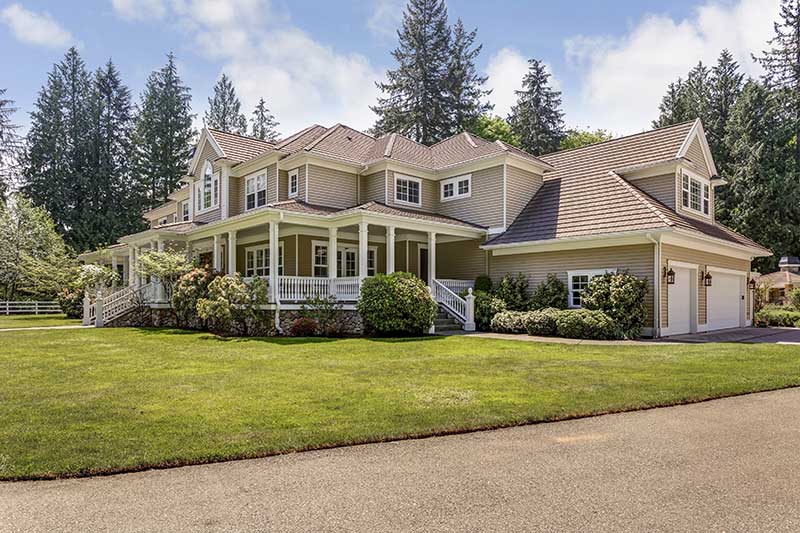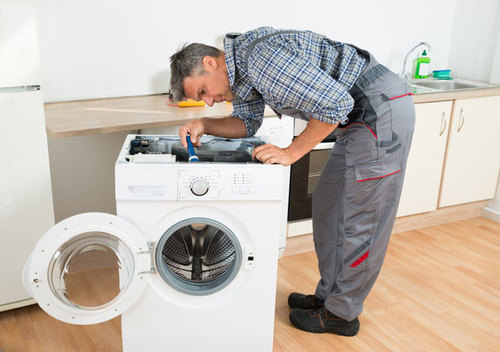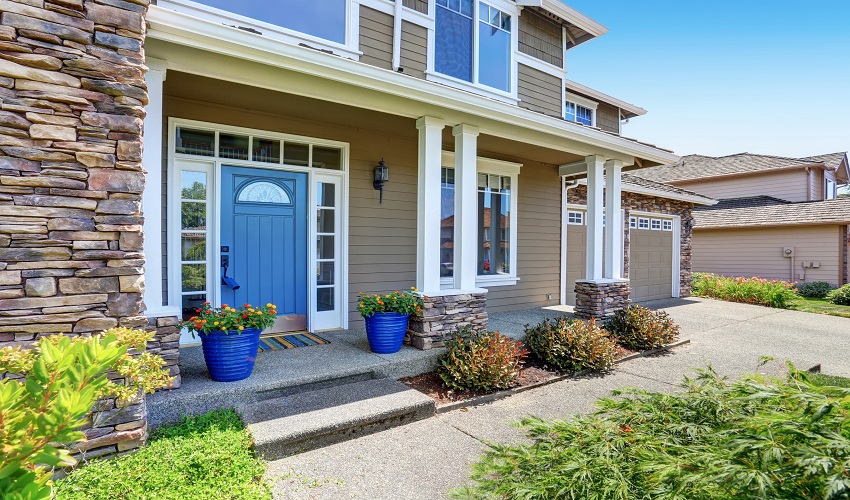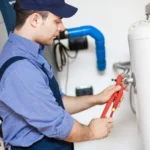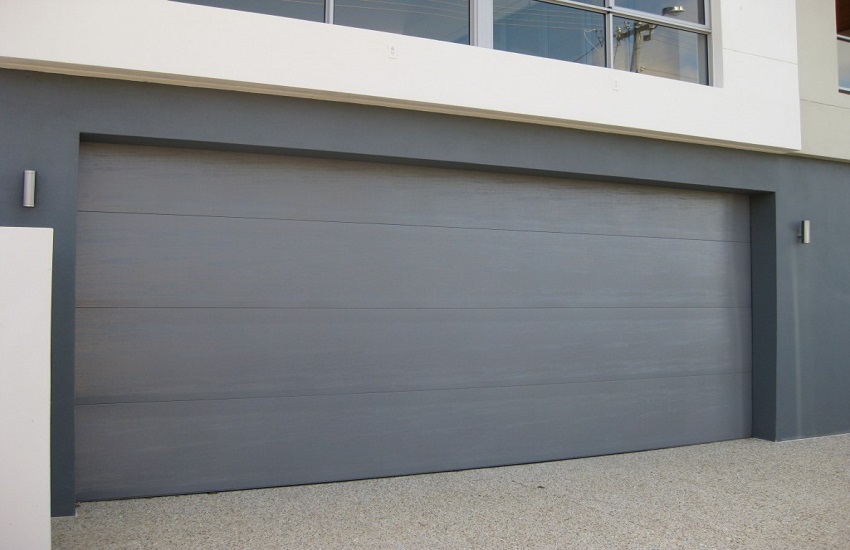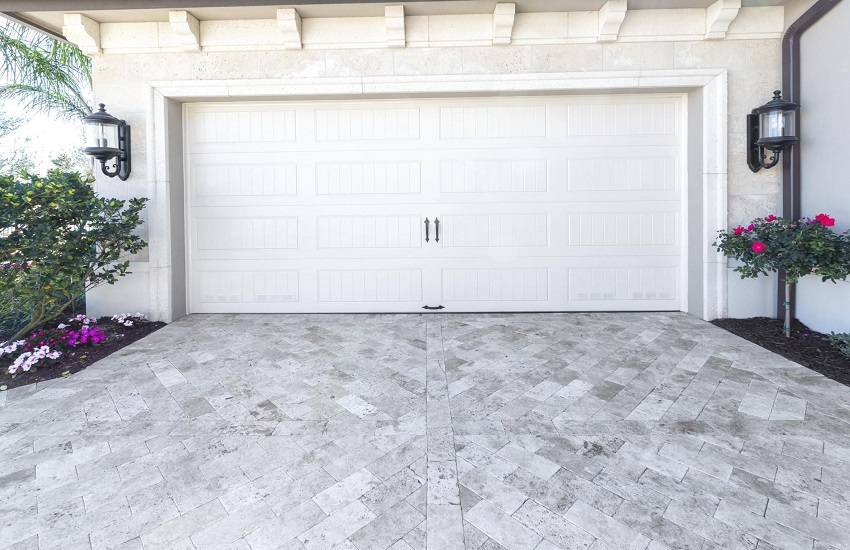A heat pump is a device that transfers heat energy from one place to another, often from a warmer to a cooler area. Heat pumps are used for heating and cooling buildings, as well as for refrigeration.
In winter, a heat pump can extract heat from the outdoor air and use it to warm the indoor air. In summer, it can reverse the process and remove heat from the indoor air and use it to cool the outdoor air. Below are a few things you need to know about heat pumps.
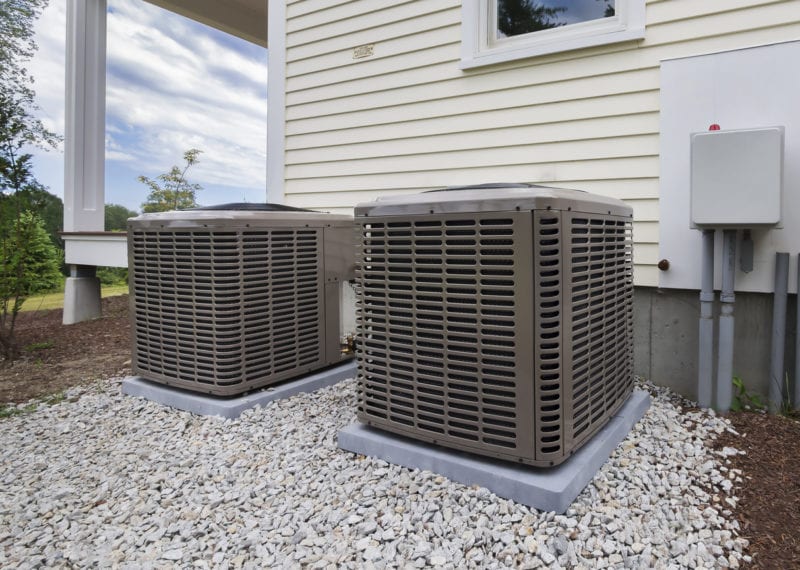
Size of the Building
When it comes to installing a heat pump, size definitely matters. If your building is too small, the heat pump may not be able to generate enough heat to warm the space. Conversely, if your building is too large, the heat pump may struggle to keep up with the demand for heating and cooling.
It’s important to work with a qualified contractor who can help you select the right-sized heat pump for your needs. They’ll take into account the size of your building, as well as your climate and the amount of insulation you have in place.
A properly sized heat pump can save you a lot of money on energy costs, so it’s worth taking the time to get it right.
Type of Heat Pump
When installing a heat pump, it is important to consider the type of heat pump. There are three types of heat pumps: air-source, water-source, and geothermal. Air-source heat pumps use outside air to heat and cool the home. Water-source heat pumps use either groundwater or surface water to heat and cool the home. Geothermal heat pumps use underground water or steam to heat and cool the home.
Each type of heat pump has its own benefits and drawbacks. Air-source heat pumps are the most common type of heat pump and are good for mild climates. They are less expensive than other types of heat pumps, but they are not as efficient as water-source or geothermal heat pumps. Water-source and geothermal heat pumps are more efficient than air-source heat pumps, but they are more expensive.
Installation
Installing a heat pump is a great way to add supplemental heating and cooling to your home. The first step in installing a heat pump is to install the outdoor unit. Make sure that the unit is level and that there is enough space around it for proper airflow. Once the outdoor unit is installed, you can connect the indoor unit. Most indoor units will have a built-in power cord, so all you need to do is plug it into an outlet. The last step in installing the heat pump is to wire it into your home’s heating system. Most heat pumps come with wiring instructions, so be sure to follow them carefully.
Maintenance
When it comes to heat pumps, there are a few key things you can do to maintain them and ensure they function properly. One of the most important is regular maintenance. This includes cleaning the heat exchanger and checking for any potential problems. Troubleshooting can also be helpful in identifying and fixing any issues with your heat pump.
When installing a heat pump, it is important to consider the climate and surroundings of where it will be installed. Additionally, it is important to have a professional install the unit to ensure it works properly and efficiently. By following these tips, you can ensure that you are getting the most out of your heat pump installation.

Shery Walls is a dedicated home blogger who has been blogging for over six years. She covers everything home related. Shery also loves writing posts about her travels to Europe with her husband and two children.


